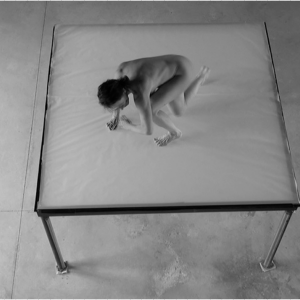
50 Billion Micrograms. In the Search of the Aftermath of an Event
This exposition provides an example of how art can offer an alternative way of understanding the past through my work “50 Billion Micrograms”. The project explored a forgotten media event from 1979, in which a gigantic meteorite supposedly landed in a remote lake on the west coast of Norway. The exposition attempts to demonstrate how ambiguity was a fuel the project. In the process what I call "fluctuating thinking" was an important method. This meant that I let seemingly irrelevant and speculative elements be part of the process. In this process, the different conceptual and aesthetic elements had to be studied carefully to consider whether random ideas and speculative elements were relevant for the work. However, such an open-ended approach is often fundamental to artistic research, I argue. I had no hope of finding the answer about the meteorite or explaining this natural phenomenon. My interest was to dwell on the uncertainty and keep the wondering alive. What became increasingly important was to explore the search itself through images and sound. The exposition also ask what is an event, what keeps an event alive? Were does fact and fiction interlace?




